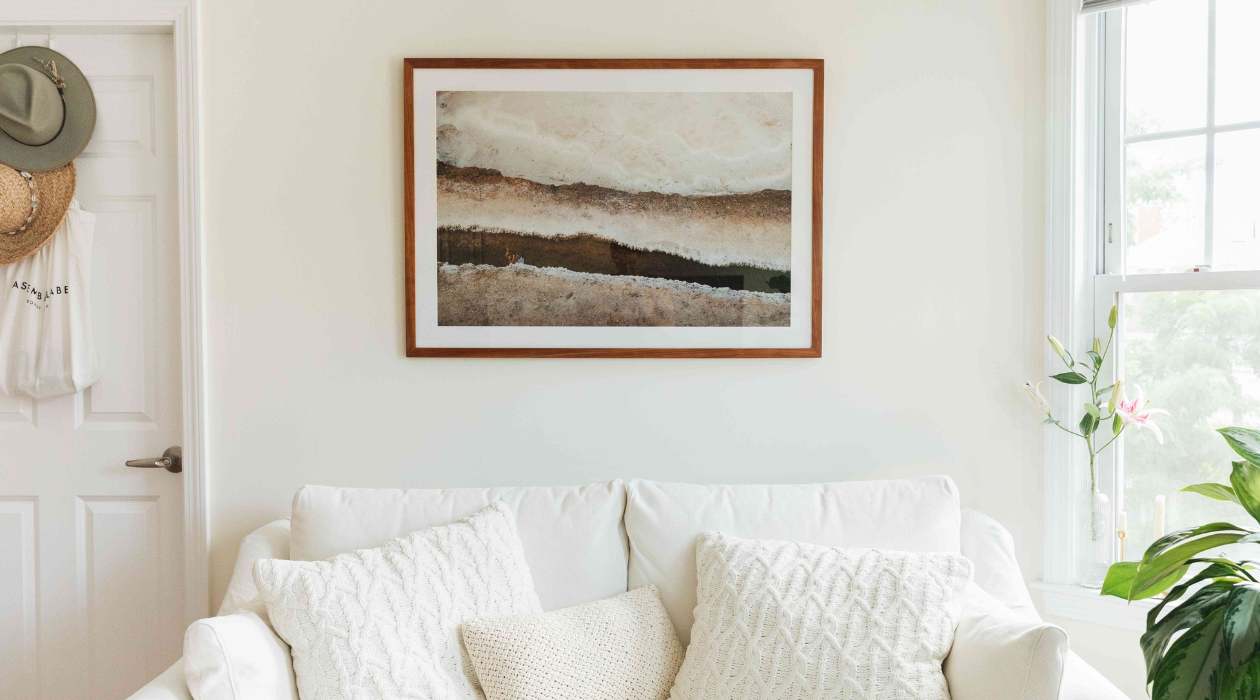

Articles
How High Should Wall Art Be Hung
Modified: January 6, 2024
Discover the ideal height for hanging wall art in this informative article. Find out how to showcase your artwork to perfection and create a stunning visual impact in any space. Explore our expert tips now!
(Many of the links in this article redirect to a specific reviewed product. Your purchase of these products through affiliate links helps to generate commission for Storables.com, at no extra cost. Learn more)
Introduction
When it comes to decorating our homes, wall art plays a crucial role in adding character, style, and personality to a space. However, many homeowners often overlook one important aspect of hanging wall art – the height at which it should be placed. The placement of wall art can greatly impact the overall aesthetics of a room, and getting it right can make a significant difference in creating a visually pleasing and harmonious environment.
In this article, we will explore the various factors to consider when determining the optimal height for hanging wall art. Whether you’re an art enthusiast or simply looking to enhance the visual appeal of your home, understanding these factors will help you make informed decisions to achieve the desired effect.
Key Takeaways:
- Achieving the ideal height for hanging wall art involves considering eye-level placement, furniture integration, wall size, and artwork scale. Thoughtful arrangement and lighting enhance visual appeal and create a harmonious display.
- Understanding the impact of ceiling height and lighting on artwork placement is crucial for creating a visually stunning and engaging display. Consider factors such as natural lighting, ambient lighting, and color temperature to showcase your art in the best possible way.
Read more: How High Should Picture Frames Be Hung
Factors to Consider
When it comes to determining the height at which to hang your wall art, there are several important factors to consider. These factors will help you create a balanced and visually pleasing display. Let’s take a closer look at each of these factors:
Eye-Level Height
One of the most common guidelines for hanging wall art is to position it at eye level. This ensures that the artwork is easily visible and engages the viewer at a comfortable viewing angle. As a general rule, the center of the artwork should be around 57-60 inches from the floor. This average eye level height accommodates most people and allows for a natural interaction with the artwork.
Furniture Integration
Another important consideration is how the wall art will integrate with the furniture in the room. If you are hanging artwork above a sofa, bed, or any other furniture piece, make sure to leave enough space between the top of the furniture and the bottom of the artwork. The general guideline is to leave a gap of around 6-8 inches to create visual balance and prevent the artwork from overpowering the furniture.
Wall Size and Proportion
Take into account the size and proportion of the wall where you plan to hang the artwork. A small piece of art on a large wall can appear disproportionately small, while a large piece of art on a small wall can be overwhelming. Consider the scale of the wall and select artwork that complements its size and proportion. In some cases, you may choose to hang multiple pieces to create a visually appealing arrangement.
Artwork Size and Visual Impact
The size of the artwork itself will also play a role in determining the appropriate hanging height. Larger pieces of art tend to have a greater visual impact and can command attention on their own. In this case, you may want to hang the artwork slightly lower to create a focal point in the room. Smaller artworks can be grouped together or placed at a slightly higher height to create a cohesive display.
Eye-Level Height
One of the most crucial factors to consider when determining the height at which to hang wall art is the eye-level height. Hanging artwork at eye level ensures maximum visibility and engagement for viewers.
The average eye level height is generally considered to be around 57-60 inches from the floor. This measurement takes into account the average height of most adults and allows for comfortable viewing without straining the neck or eyes. Placing artwork at eye level ensures that people can easily appreciate and connect with the piece without having to look up or down excessively.
However, it’s important to note that eye level can vary depending on the height of the individuals in the space. If you have a family of different heights, it may be worth considering an average eye level height to accommodate everyone comfortably. Adjusting the height slightly can ensure that the artwork is visible and accessible to all viewers.
Keep in mind that eye level height is not restricted to hanging artwork on a blank wall. It also applies when decorating gallery walls or arranging multiple pieces of art together. In these situations, each individual piece should be hung at eye level to maintain consistency and create a harmonious display.
When hanging artwork, it’s essential to measure the distance from the floor to the center of the artwork for accurate placement. If you have a particularly tall or low piece of furniture below the artwork, be sure to factor in the height of the furniture as well. Adhering to eye level height will ensure that the artwork becomes an integral part of the overall environment, capturing attention and enhancing the atmosphere of the room.
Furniture Integration
When hanging wall art, it’s essential to consider how it integrates with the furniture in the room. Proper placement will create a balanced and visually pleasing arrangement.
Whether you’re hanging art above a sofa, bed, or any other furniture piece, it’s crucial to leave enough space between the top of the furniture and the bottom of the artwork. This gap allows for a seamless transition between the furniture and the artwork, avoiding a crowded or cluttered appearance.
As a general guideline, aim to leave a gap of around 6-8 inches between the top of the furniture and the bottom of the artwork. This spacing provides enough visual breathing room and prevents the artwork from overpowering the furniture. It also allows the eye to naturally move from the furniture to the artwork, creating a cohesive and harmonious look.
When considering artwork placement above specific pieces of furniture, take the size and shape of the furniture into account. For example, hanging a large horizontal piece of art above a long sofa may require a higher placement to maintain a balanced visual proportion. On the other hand, a tall vertical piece of art may complement a narrow bookshelf or console table perfectly.
Be mindful of the overall composition of the space. Consider how the furniture and artwork interact with each other and the surrounding decor. Aim for a sense of visual balance and proportion. You may need to adjust the height or position of the artwork to achieve the desired effect.
Remember, furniture integration also applies when hanging multiple pieces of artwork together. Each piece should be positioned in coordination with the furniture below and with proper spacing between each piece. Grouping artwork too close or too far apart can disrupt the flow and visual harmony of the display.
By integrating your wall art with the furniture in the room, you create a cohesive and unified design that enhances the overall aesthetic appeal of your space. Take the time to carefully consider the placement and positioning of your artwork to achieve an engaging and visually pleasing arrangement.
Wall Size and Proportion
When it comes to hanging wall art, considering the size and proportion of the wall is crucial for creating a visually balanced and harmonious display. The right placement and sizing will ensure that your artwork complements the overall aesthetic of the space.
If you have a large, expansive wall, selecting artwork that is appropriately sized is key. A small piece of art hung on a vast wall can appear insignificant and get lost in the space. Conversely, an oversized piece of art on a smaller wall can feel overwhelming and overpowering. Aim to select artwork that fills a significant portion of the wall without dominating it completely.
Consider the shape and layout of the wall as well. A long horizontal wall may benefit from a series of artwork arranged in a linear fashion, creating a sense of movement. On the other hand, a tall vertical wall can be enhanced by a single large vertical piece or a cluster of smaller artworks arranged in a vertical pattern.
If you have multiple walls in a room, be mindful of the overall balance and flow. Don’t limit yourself to just one wall for displaying artwork. Distribute the artwork strategically, taking into account the size of each wall and how they relate to one another in the space. This will create a cohesive visual experience as you move throughout the room.
Utilizing the rule of thirds can also be helpful in determining the placement of your artwork. This rule suggests dividing the wall vertically and horizontally into thirds and placing your artwork at the intersections or along the lines. This technique adds visual interest and ensures that the artwork is positioned according to the principles of balance and proportion.
Finally, consider the function of the room. If it’s a formal space like a dining room or a living room, you may opt for more substantial and dramatic artwork that commands attention. In contrast, a more intimate space like a bedroom or study may benefit from smaller, more personal pieces of art.
By considering the size and proportion of the wall, you can make informed decisions when selecting and hanging your wall art. Creating a visually balanced and proportionate display will elevate the overall aesthetic of your space and make a lasting impression on anyone who enters.
Read more: How To Install Wall Hung Vanity
Artwork Size and Visual Impact
One of the key factors to consider when determining the height at which to hang wall art is the size of the artwork itself and its visual impact within the space. The size and scale of the artwork will influence how it is perceived and the overall impact it has on the room.
Large artwork tends to have a greater visual impact and can serve as a focal point in the room. When hanging a large piece, you may want to position it slightly lower to create a sense of presence and draw attention. By placing it at eye level or slightly below, you allow viewers to fully engage with the artwork and appreciate its details and nuances.
On the other hand, smaller artwork can be grouped together or hung at a slightly higher height to create a cohesive display. By clustering smaller pieces and arranging them vertically or horizontally, you can create an interesting arrangement that adds visual interest and depth to the space.
Consider the overall balance and composition of the room when selecting artwork sizes. If you have a large space, incorporating oversized artwork can help fill the wall and create a sense of drama. Conversely, in smaller spaces, smaller to medium-sized artwork may be more appropriate to maintain a proportionate and harmonious look.
It’s also important to take into account the visual weight of the artwork. Visual weight refers to how heavy or light an artwork appears to the eye. A dark or bold piece of artwork will have a heavier visual weight, while lighter colors or soft brushstrokes may have a lighter visual weight. When hanging multiple pieces of art together, consider the balance of visual weights to create a cohesive and visually pleasing arrangement.
Another aspect to consider is the subject matter of the artwork. Abstract or non-specific subjects tend to be more versatile in terms of placement and can work well in various heights and positions. However, if the artwork depicts a specific scene, object, or person, it may be best to hang it at a height where the subject matter is easily visible and can be appreciated without straining the neck or eyes.
By carefully considering the size and visual impact of your artwork, you can create a captivating and visually engaging display. Remember to take into account the overall balance of the room and the desired aesthetic when determining the appropriate height for hanging your artwork.
Grouping and Arrangement
When it comes to hanging wall art, grouping and arrangement play a significant role in creating a visually appealing and dynamic display. By strategically grouping and arranging your artwork, you can enhance the impact and visual interest in your space.
One popular approach to hanging wall art is creating a gallery wall. This involves grouping multiple pieces of art together to create a cohesive and curated display. When arranging a gallery wall, consider the overall layout, balance, and spacing between each piece. Mix and match different sizes, shapes, and styles of artwork to create a visually interesting composition.
When determining the height at which to hang a gallery wall, consider a central focal point or anchor piece. This could be a larger artwork or a centerpiece that serves as the main point of focus. Position this anchor piece at eye level, and then arrange the remaining artworks around it. Maintaining consistent eye level placement for the entire gallery wall ensures unity and cohesiveness.
In terms of spacing, it’s important to create balance between the artworks. Leave enough space between each piece to allow them to be appreciated individually. Aim for a consistent spacing throughout the gallery wall, but don’t be afraid to experiment with varying distances between different sections or clusters of artwork.
Another popular arrangement option is the grid or symmetrical layout. This involves hanging multiple pieces of artwork in a grid-like pattern, with equal spacing between each piece. This type of arrangement creates a clean and organized look, adding a sense of order and balance to the room. Ensure that all artwork within the grid is hung at a consistent height to maintain symmetry and visual harmony.
If you prefer a more eclectic and organic feel, consider creating a salon-style arrangement. This involves hanging multiple pieces of artwork in an overlapping and layered fashion. Start with a central piece at eye level and gradually add more artworks around it, varying the sizes and orientations. This arrangement creates a sense of depth and visual interest, encouraging viewers to explore and engage with the display.
Regardless of the arrangement style you choose, it’s important to step back and assess the overall aesthetic. Take the time to experiment with different layouts and configurations before committing to a final arrangement. This will help you find the most visually pleasing and balanced display for your wall art.
By carefully considering the grouping and arrangement of your wall art, you can create an impactful and visually captivating display that adds character and personality to your space.
Ceiling Height
Ceiling height is an important factor to consider when determining the height at which to hang your wall art. The height of your ceiling can greatly impact the overall visual aesthetics of the room and how the artwork is perceived.
If you have a room with high ceilings, you have more flexibility in terms of artwork placement. Taller ceilings allow for hanging artwork at higher heights without it looking out of place or disconnected from the space. You can consider hanging artwork higher on the wall, drawing the eye upward and enhancing the sense of verticality in the room.
When dealing with high ceilings, larger and taller artwork can be highly effective. These pieces can fill the vertical space and create a dramatic focal point. However, it is still essential to maintain a balance between the height of the artwork and other elements in the room, such as furniture and other decorative objects. Ensure that the artwork is not placed too high, as it may become difficult to appreciate or interact with.
On the other hand, if you have a room with low ceilings, it’s important to adjust the height at which you hang your wall art accordingly. Hanging artwork too high in a room with low ceilings can make the space feel cramped and visually unbalanced. To create an illusion of height, hang artwork at a lower height and consider choosing vertically oriented pieces.
In rooms with average ceiling heights, you can follow the general guideline of positioning the artwork at eye level. This creates a comfortable viewing experience for most individuals and ensures that the artwork is easily visible and engaging.
It’s worth noting that ceilings with unique architectural features, such as beams or sloping designs, can also impact the height at which artwork is hung. Consider incorporating these elements into your decision-making process to create a cohesive and visually harmonious composition.
Ultimately, the height at which you hang your wall art should take into account the ceiling height, as well as other factors discussed in previous sections. By considering the overall proportions of the room, selecting appropriately sized artwork, and maintaining a balanced placement, you can create a visually stunning display that complements the space, regardless of the ceiling height.
Lighting Considerations
When hanging wall art, it’s important to consider the lighting of the room. Proper lighting can greatly enhance the visual impact and overall beauty of your artwork. Here are some key lighting considerations to keep in mind:
Read more: How Big Should Wall Art Be Above Sofa
Natural Lighting:
Take note of the natural lighting in the room where your artwork will be displayed. Consider the direction and intensity of the sunlight throughout the day. Harsh sunlight can cause glare or fade the colors of your artwork over time. To protect your artwork, avoid placing it in direct sunlight or use UV-filtering glass for added protection.
Ambient Lighting:
Ambient lighting refers to the overall lighting in the room. It sets the overall mood and brightness level of the space. Different types of ambient lighting, such as recessed lighting, track lighting, or chandeliers, can impact how your artwork is perceived. Ensure that the ambient lighting is adequate to highlight and accentuate the artwork without overpowering or casting unwarranted shadows.
Artificial Lighting:
If you don’t have sufficient natural lighting in the room, consider adding artificial lighting specifically for highlighting your wall art. Picture lights or track lighting can be strategically placed to direct focused illumination on the artwork. Adjustable lighting fixtures allow you to experiment with different angles and intensities to achieve the desired effect.
Color Temperature:
The color temperature of the lighting can also affect how the artwork appears. Consider the color temperature of the light bulbs you use. Warm white light tends to enhance warmer tones in the artwork, while cool white light can bring out cooler tones. Experiment with different color temperatures to find the one that best complements your artwork and desired ambiance.
Read also: 14 Amazing Wall Hung Toilet for 2024
Dimmers:
Installing dimmers for your lighting fixtures gives you the flexibility to adjust the illumination level. This allows you to create different atmospheres depending on the time of day or the desired mood. Dimming the lights can help create a spotlight effect on your artwork, drawing attention and enhancing its visual impact.
Remember, lighting plays a crucial role in how your wall art is perceived. By considering the natural lighting, ambient lighting, artificial lighting, color temperature, and dimming options, you can create an optimal lighting environment that showcases your artwork in the best possible way.
Conclusion
When it comes to hanging wall art, the height at which it is placed plays a crucial role in creating a visually pleasing and harmonious display. By considering various factors such as eye-level height, furniture integration, wall size and proportion, artwork size and visual impact, grouping and arrangement, ceiling height, and lighting considerations, you can make informed decisions that enhance the overall aesthetic of your space.
Placing artwork at eye level ensures that it can be easily appreciated and engages viewers at a comfortable viewing angle. Integrating artwork with furniture ensures a cohesive and balanced look, while taking into account the size and proportion of the wall and artwork ensures visual harmony and impact. Grouping and arranging artwork in different configurations can add depth, interest, and personality to your space.
Ceiling height and lighting considerations are also important factors to consider. Adjusting artwork placement according to the height of the ceiling creates a visually balanced display, whether the ceilings are high, low, or average. Proper lighting can enhance the visual impact and beauty of your artwork, so consider natural lighting, ambient lighting, artificial lighting, color temperature, and dimming options to showcase your art in the best possible way.
Ultimately, achieving the ideal height for hanging wall art requires a thoughtful and deliberate approach. Consider the unique characteristics of your space, take into account personal preferences and the overall aesthetic you wish to achieve, and don’t be afraid to experiment and adjust until you find the perfect balance.
By paying attention to these factors and considering the interplay between them, you can create a visually stunning and engaging display that adds character, style, and personality to your home.
Frequently Asked Questions about How High Should Wall Art Be Hung
Was this page helpful?
At Storables.com, we guarantee accurate and reliable information. Our content, validated by Expert Board Contributors, is crafted following stringent Editorial Policies. We're committed to providing you with well-researched, expert-backed insights for all your informational needs.
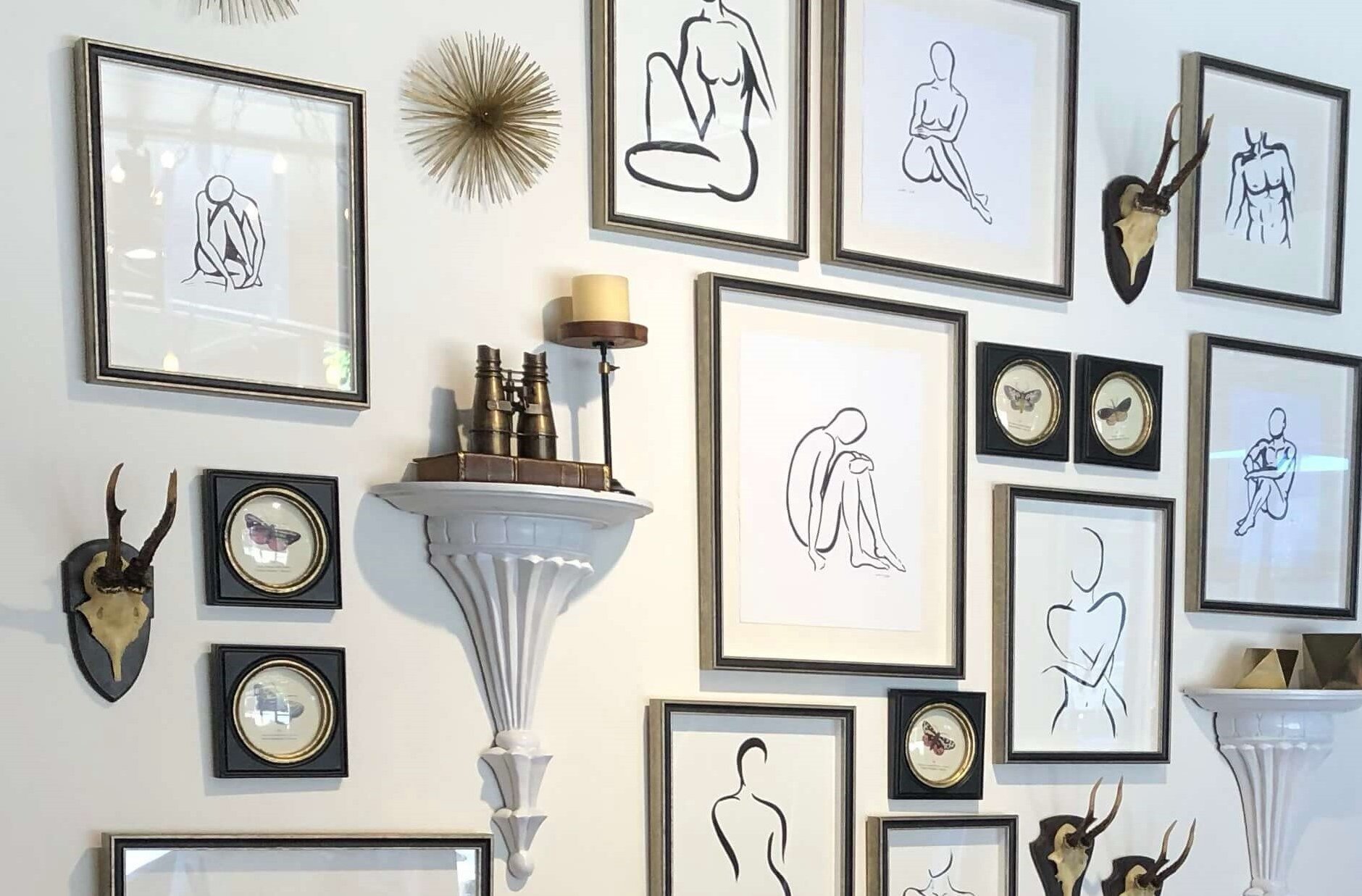
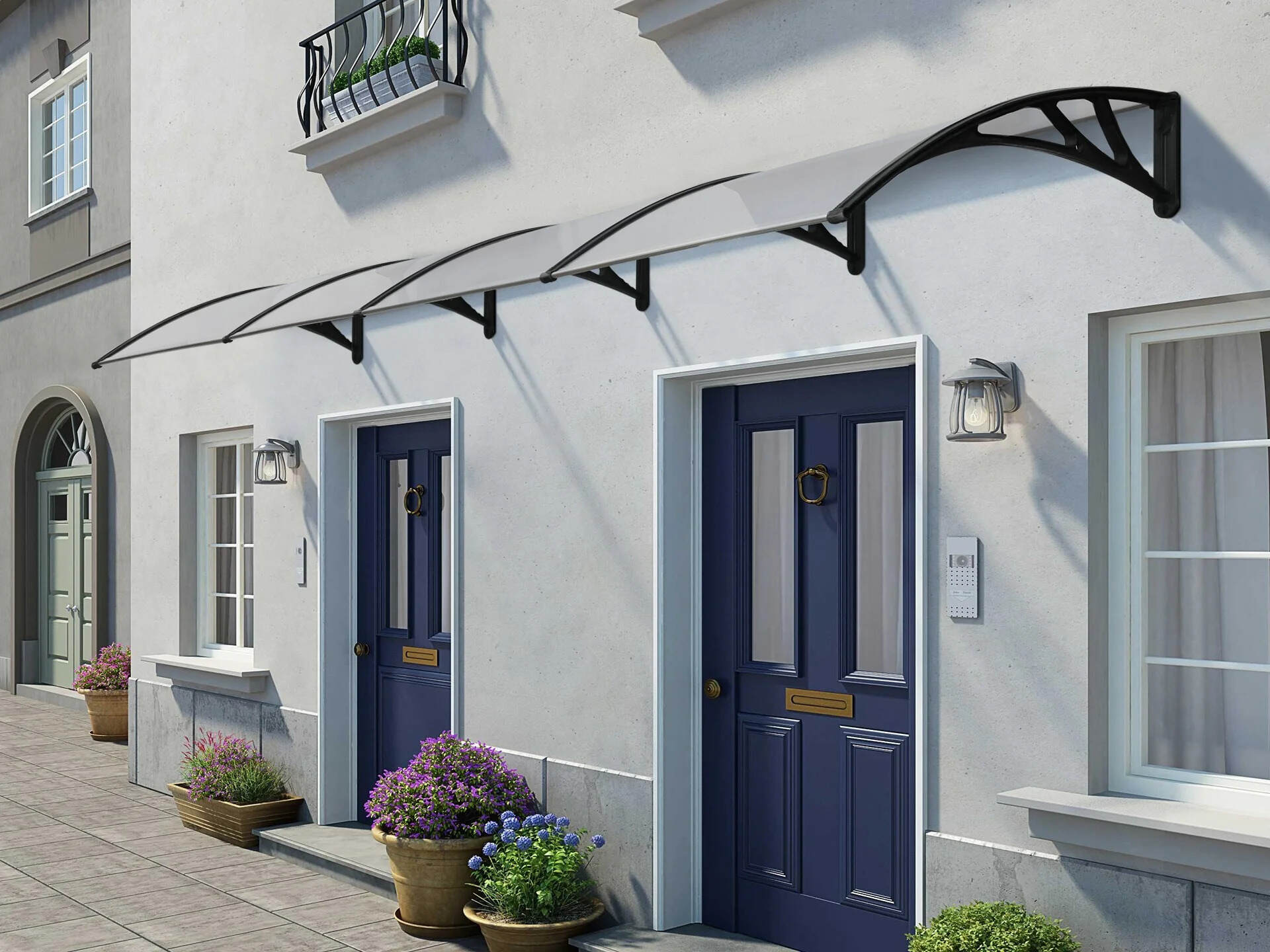
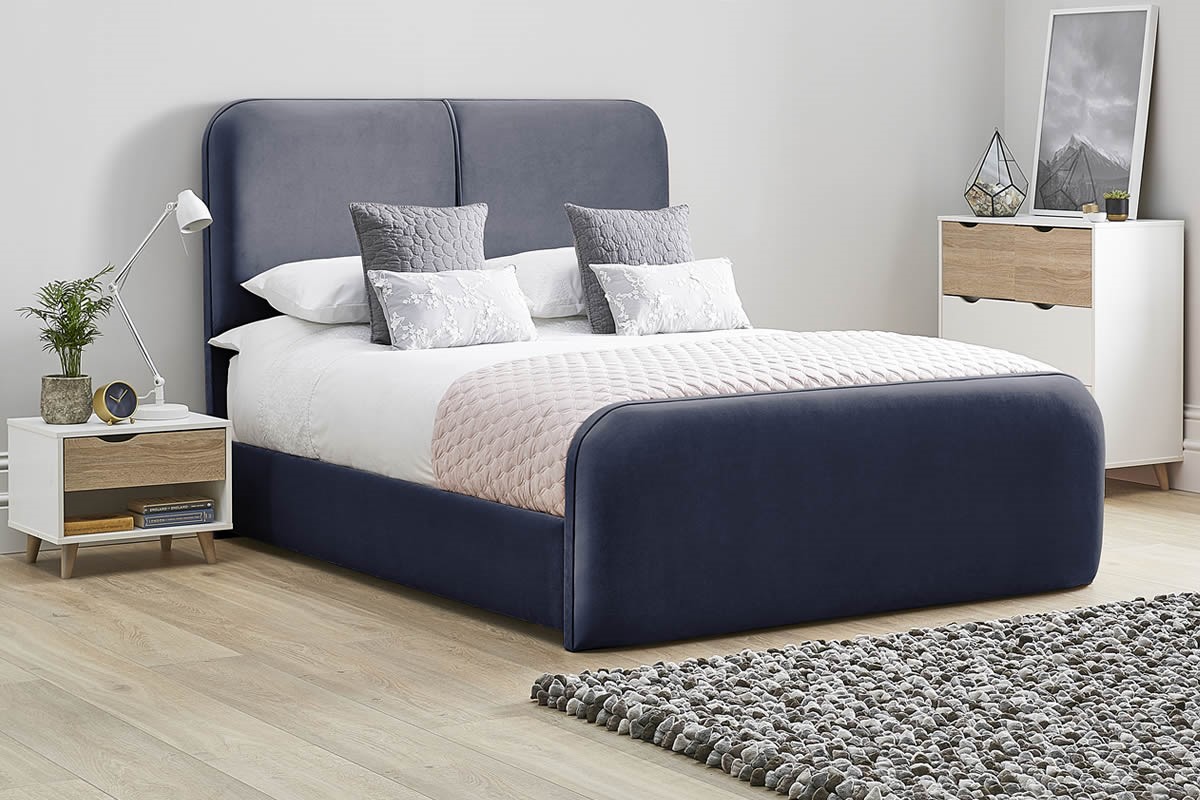
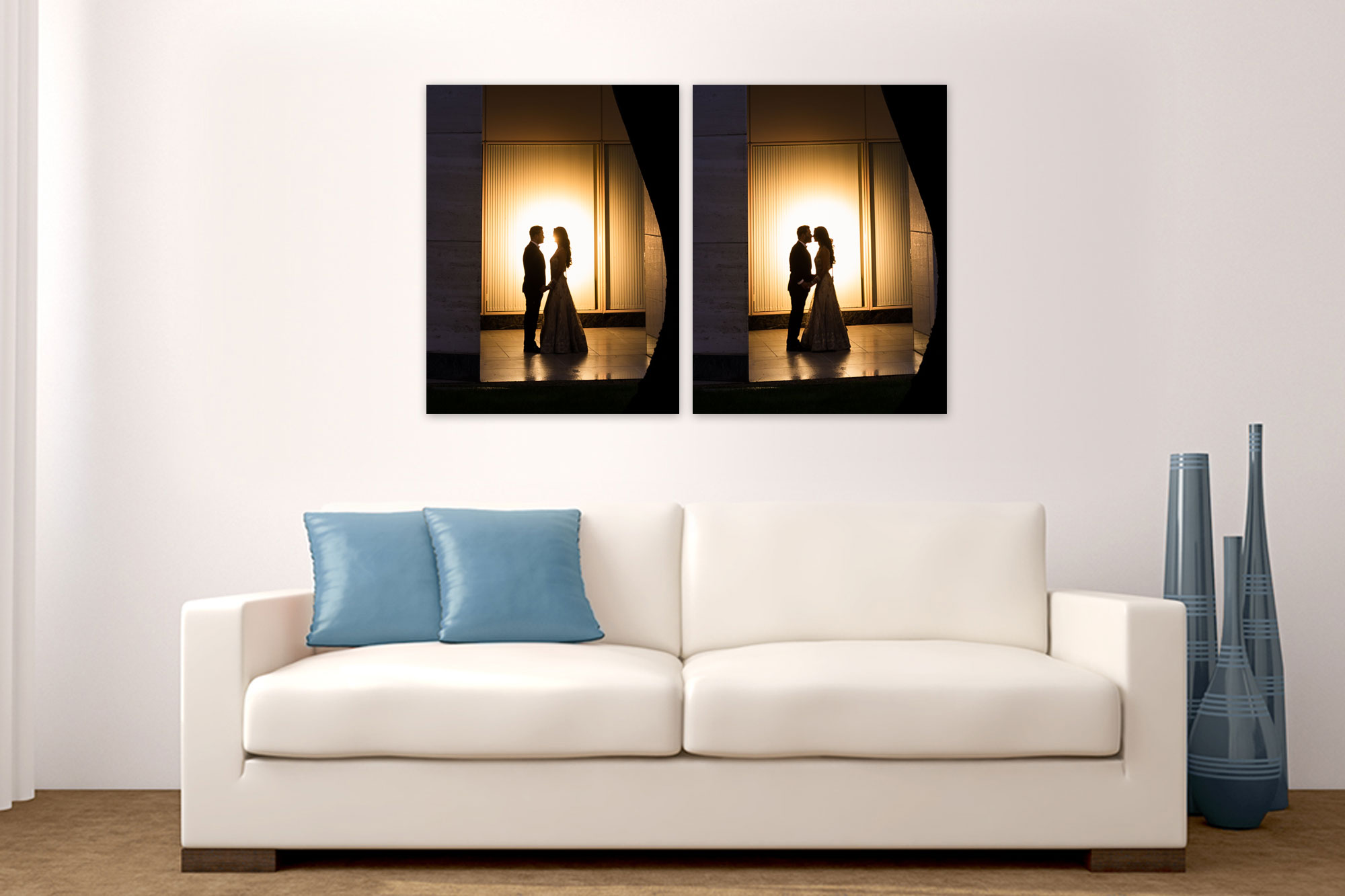
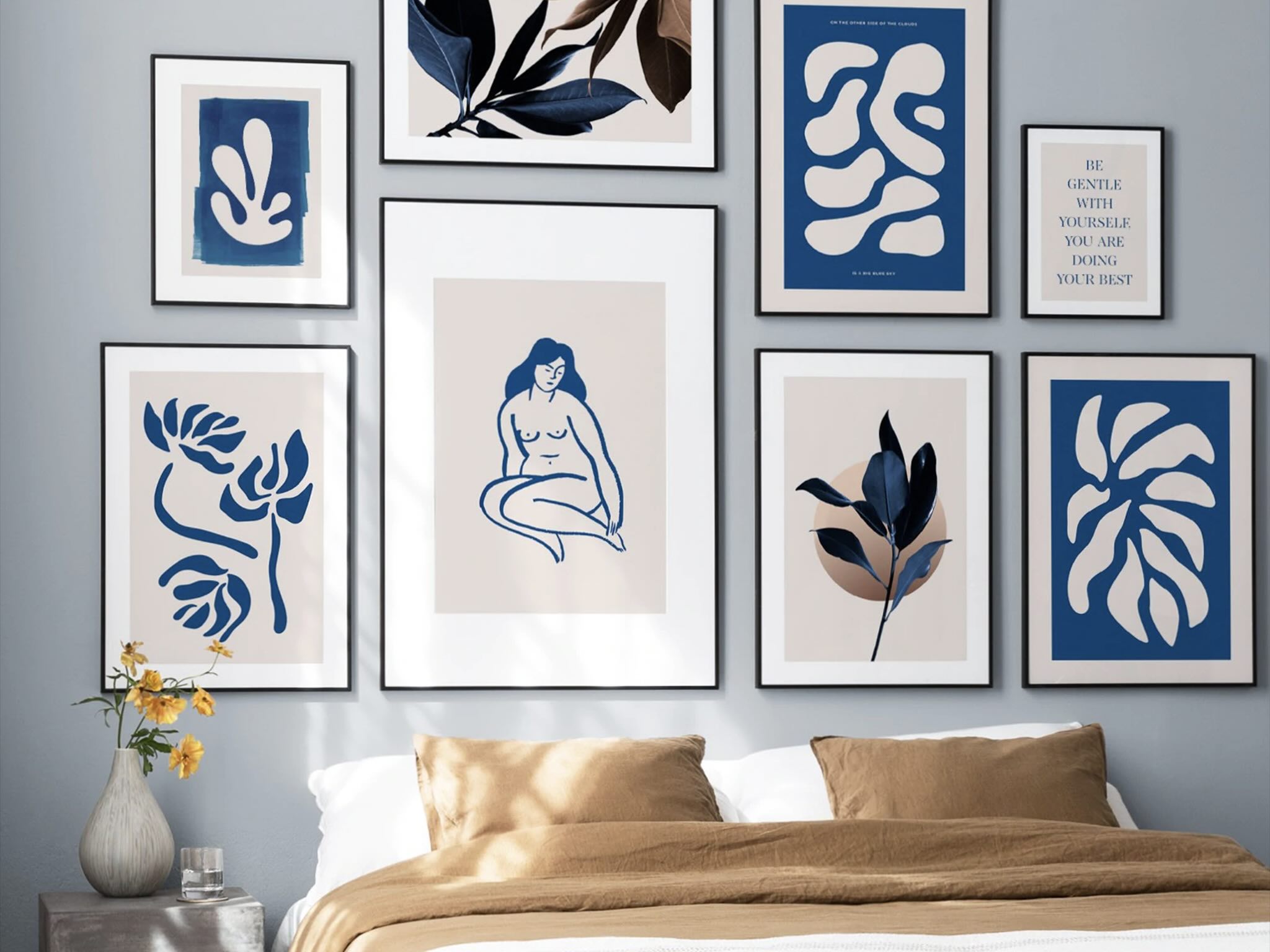
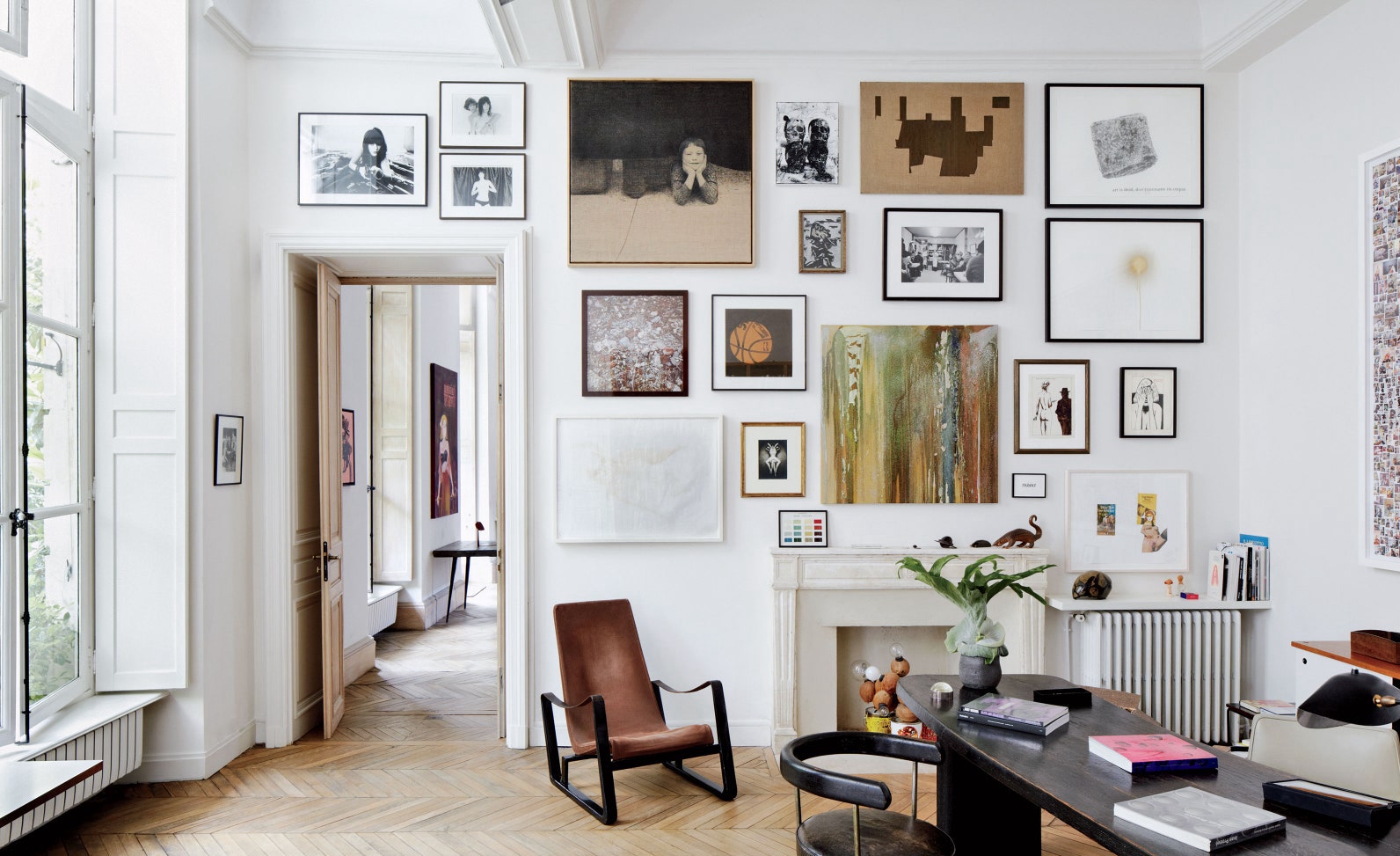
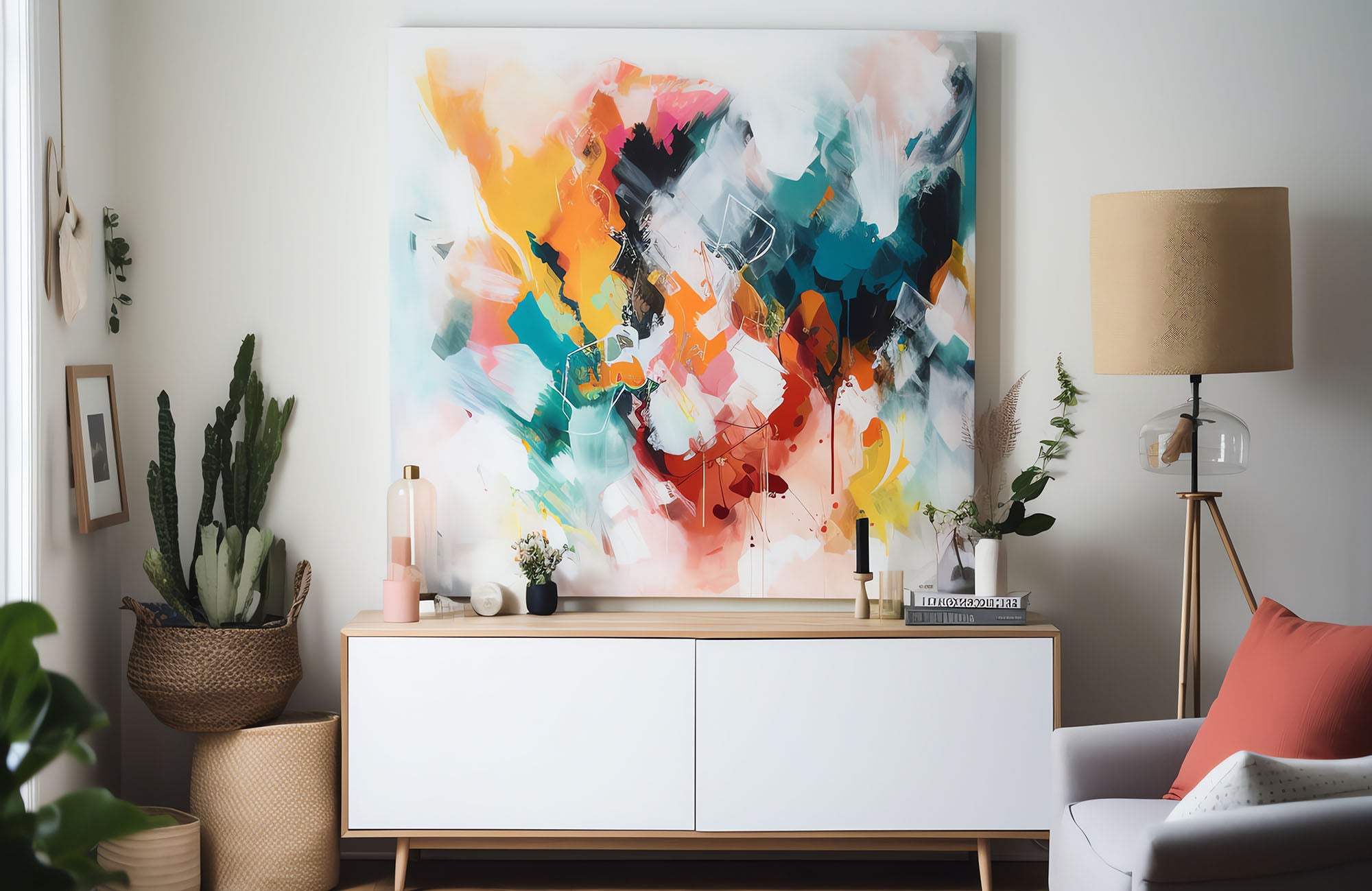
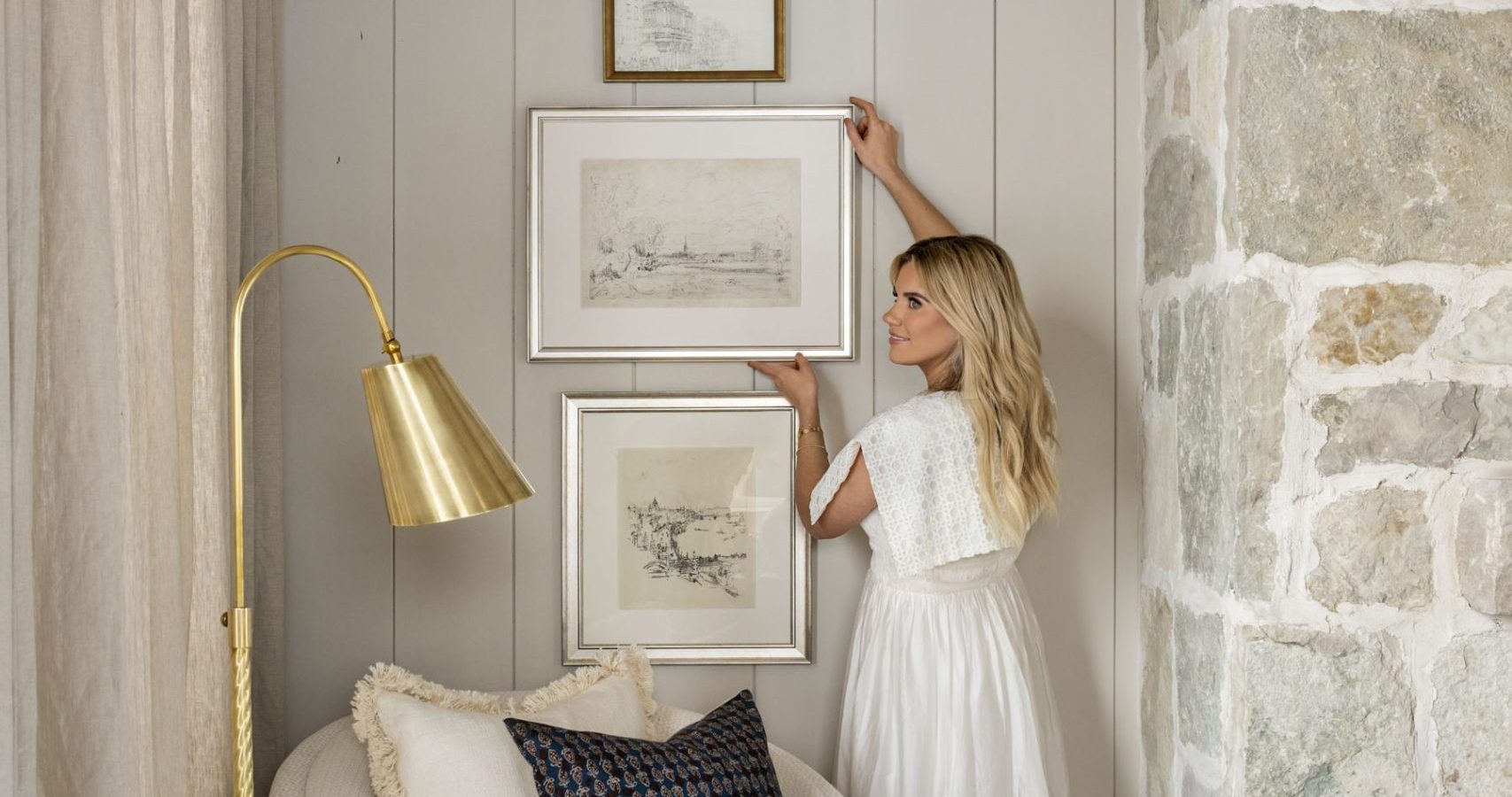
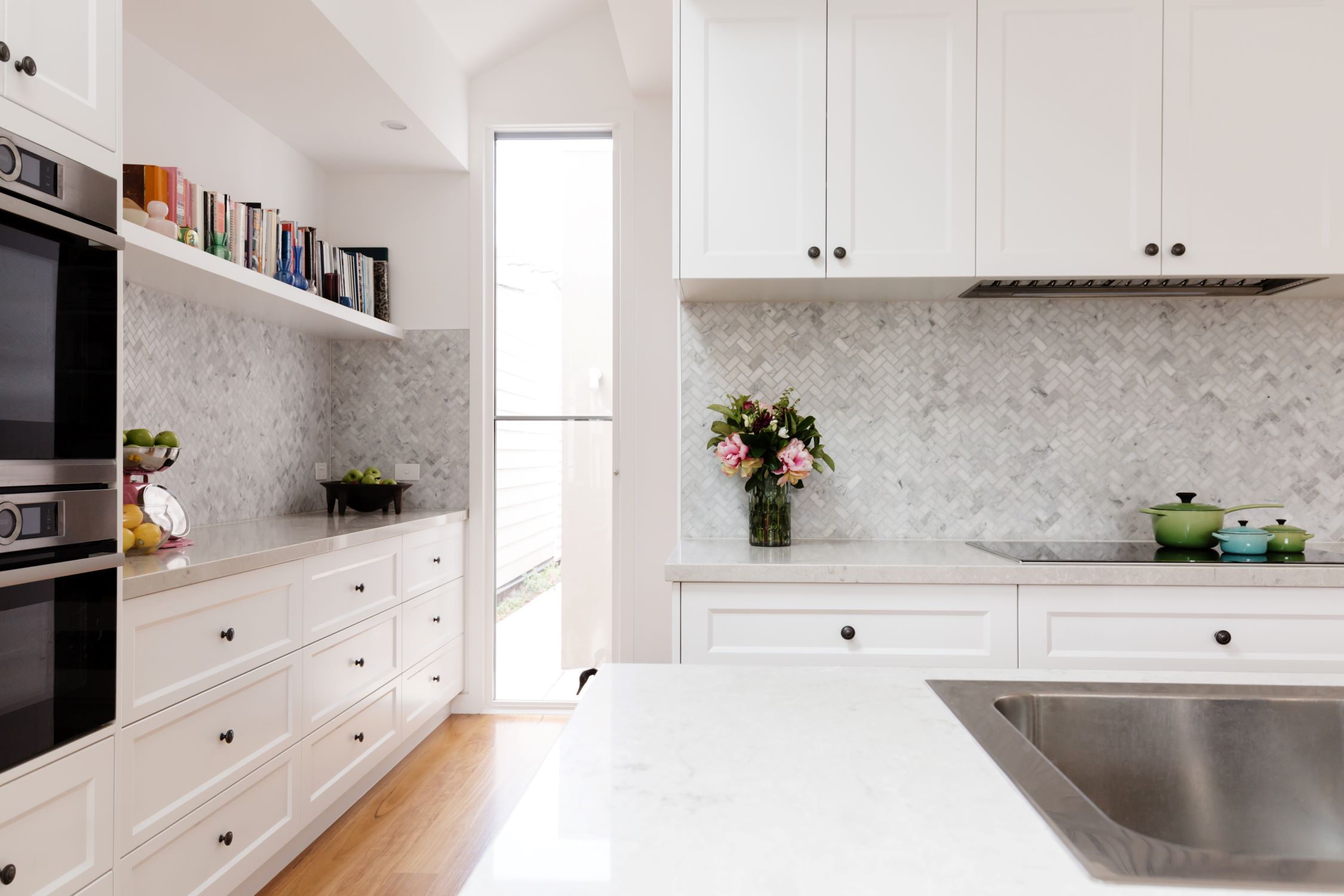
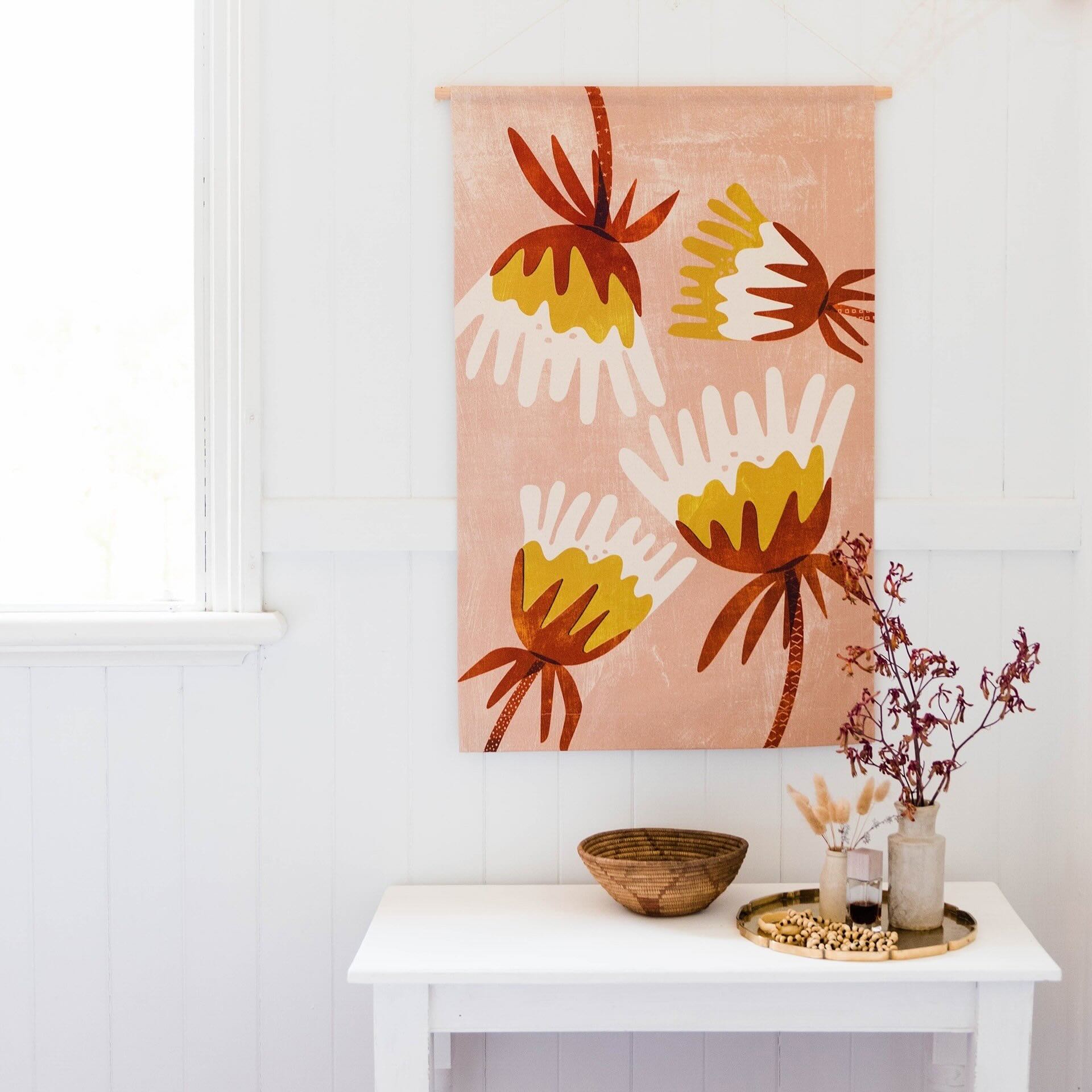
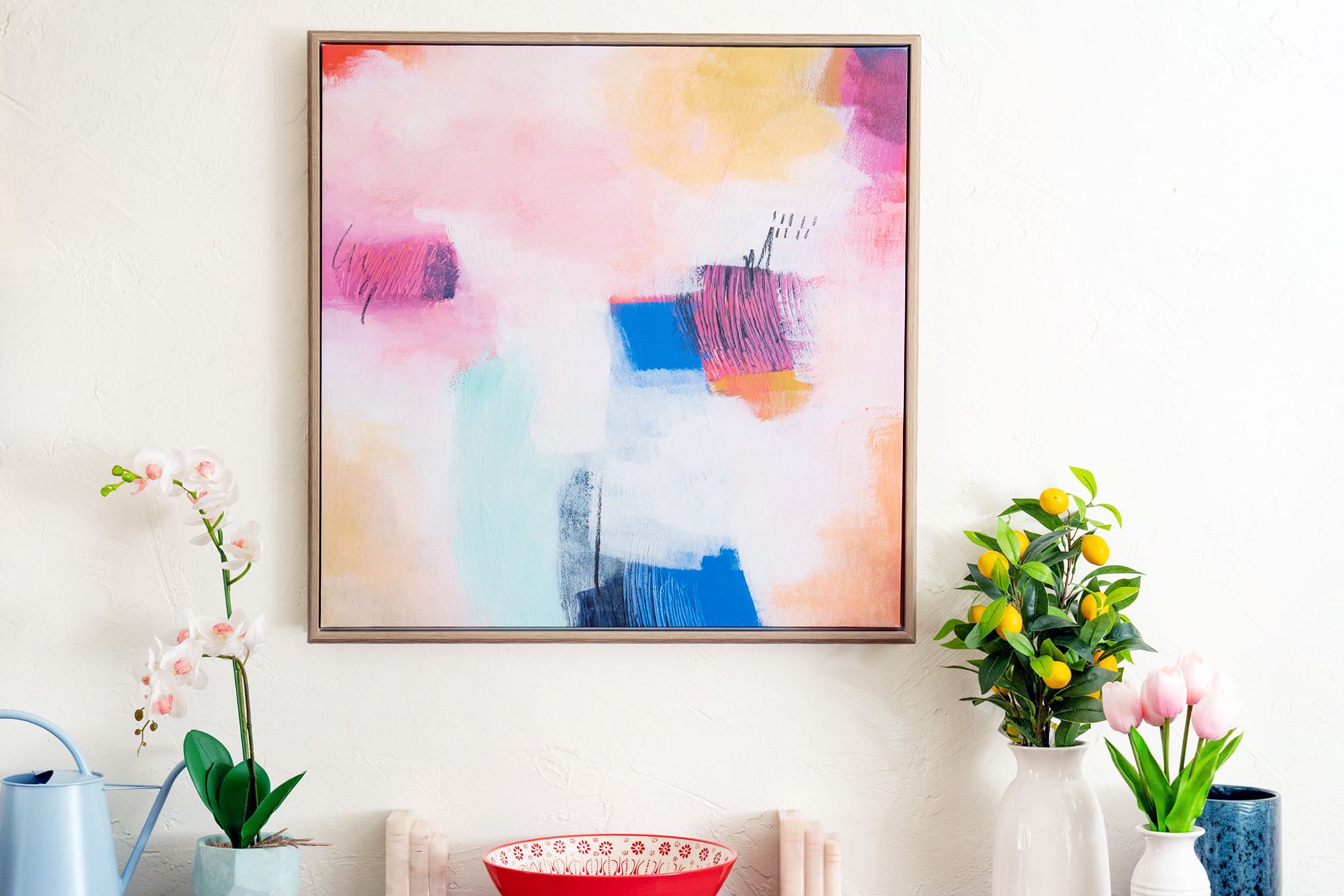

0 thoughts on “How High Should Wall Art Be Hung”